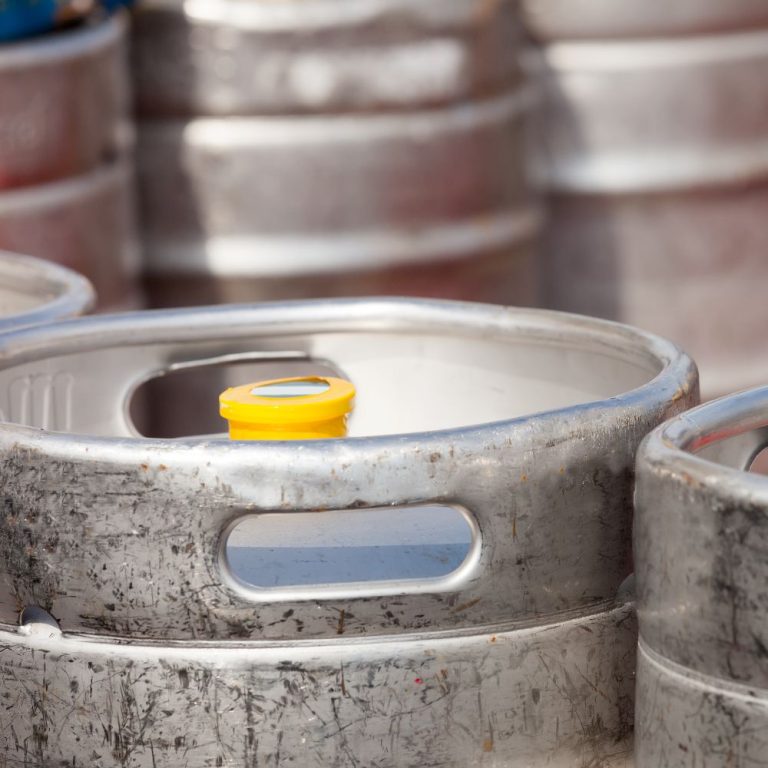We hardly think about it, yet everyday transport and logistics heroes manage this risk on our behalf: transporting hazardous materials. Whether we are talking volatile chemicals, pressurized gases, or biological substances, this procedure is no place for reaction. It is a mix of engineering, regulation, human judgment, and constant vigilance. But when done right, it’s also a demonstration of human proactiveness: shrinking risk, maximizing transparency, and preserving life, property, and the environment.
To bring these ideas to life, think about Logistics employees overseeing the movement of a shipment of corrosive acid from a chemical plant to a coastal port for export. You’re not just sending a truck down the road, you’re launching a chain of custody where every valve, sticker, calculation, and contingency matters.
It’s 7:30 pm when operations at the chemical plant wrap up. But the logistics team has already been working: they’ve already went over the safety requirement, confirmed the tracking number and made sure to know if there are any hazardous material to move around while filling the proper paperwork.
Next step would be, the crew arrive in clean uniforms with protective gloves, face shields, and proper equipment. After conducting a thorough check they make sure to use proper overpack and labels where need be. Before loading, they make sure all is safe and slowly lowers the shipment and the forklift driver eases it into place. Nothing is rushed.
Once the truck is loaded, it doesn’t just set off. The route is chosen to avoid tunnels, steep descents, densely populated areas, and unjustified exposure risk. Route planners also verify weight limits, bridge ratings, and municipal prohibitions. The driver, who in this case is more than a wheel-pusher, carries the full shipping details, the emergency response guide (ERG), and a hazmat certified mobile device with GPS-tracking and live telemetry.
As the truck leaves, the logistics control center begins its silent vigil: each vehicle’s route, speed, location, cargo parameters, and driver status are monitored. Any deviation triggers a protocol: call the driver, verify reasons, give alternate instructions, or in extreme cases lock down. At each handoff, the team double checks the seals, inspects containers, and ensure documentation is fully passed through. If anything is even remotely suspicious, the team re-seals, inspects, and proceeds after regulatory notification and internal review. Any weird hiss or issue triggers a formal incident investigation, root-cause analysis, and lessons-learned feedback loop.
Hazardous material transport is a world where a single unfastened bolt can be the hinge between routine delivery and disaster. The best practices are not just tech, they’re a mindset: preparedness, precision, transparency, and relentless improvement.
References
ACTenviro. (2023). Best Practices in Transporting Hazardous Materials. ACTenviro. https://www.actenviro.com/transporting-hazardous-materials/ Chemtrec. (n.d.). Handling Hazardous Materials: 10 Basic Safety Rules. https://www.chemtrec.com/resources/blog/10-basic-rules-safely-handling-hazardous-materials Motive. (n.d.). A quick guide to hazmat trucking. https://gomotive.com/blog/hazmat-trucking-guide/ Patriot Freight Group. (n.d.). 8 Crucial Hazmat Transportation Best Practices. https://www.patriotfreightgroup.com/8-crucial-hazmat-transportation-best-practices/ PhMSA. (n.d.). Hazmat Transportation Requirements. https://www.phmsa.dot.gov/sites/phmsa.dot.gov/files/docs/training/hazmat/69186/hazmat-transportation-reqmts-web-final.pdf Simulation & Fleet. (2025, July 2). Hazmat Trucking: Essential Guide for Safety & Efficiency. SimplyFleet. https://www.simplyfleet.app/blog/hazmat-trucking-safety-efficiency-guide The Compliance Center. (n.d.). Best Practices When Shipping Hazardous Materials. https://www.thecompliancecenter.com/best-practices-when-shipping-hazardous-materials/ United Nations. (n.d.). UN Recommendations on the Transport of Dangerous Goods (Model Regulations). https://en.wikipedia.org/wiki/UN_Recommendations_on_the_Transport_of_Dangerous_Goods UPS. (n.d.). Shipping Hazardous Materials (Dangerous Goods). https://www.ups.com/us/en/support/shipping-support/shipping-special-care-regulated-items/hazardous-materials-guide








